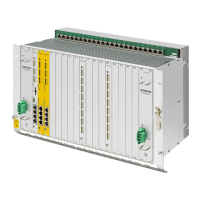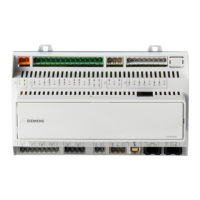Detailed description
2.1 Description of diagnostic tools
Basic logic functions: Diagnostic tools (D1)
Function Manual, 11/2006, 6FC5397-0BP10-2BA0
9
Clearing criterion
For each alarm, you must specify how the alarm can be cleared again. The following clearing
criteria are possible:
• POWERONCLEAR
The alarm is cleared by switching the control off and then on again.
• RESETCLEAR
When the Reset key is pressed, the alarm is cleared in the channel in which it occurred.
• CANCELCLEAR
The alarm is cleared in any channel when the Cancel key is pressed. The alarm can also
be cleared by means of an NC start or Reset.
• NCSTARTCLEAR
The alarm is cleared in the channel in which the alarm occurred by starting a program.
The alarm can also be cleared by means of a Reset.
• CLEARHIMSELF
The alarm is not cleared by an operator input or action, but explicitly by a "clearAlarm"
programmed in the NCK source code.
• BAGRESETCLEAR
The alarm is cleared by a "BAGRESETCLEAR" command or by executing a Reset in
every channel of this mode group.
• NCKRESETCLEAR
The alarm is cleared by an "NCKRESETCLEAR" command or by executing a Reset in
every channel.
Alarm display control
The scope of the alarm outputs can be modified using machine data.
• MD11410 $MN_SUPPRESS_ALARM_MASK (mask for suppressing special alarm
outputs)
• MD11411 $MN_ENABLE_ALARM_MASK (mask for enabling special alarm outputs)
For details of this machine data, please refer to chapter 4.

